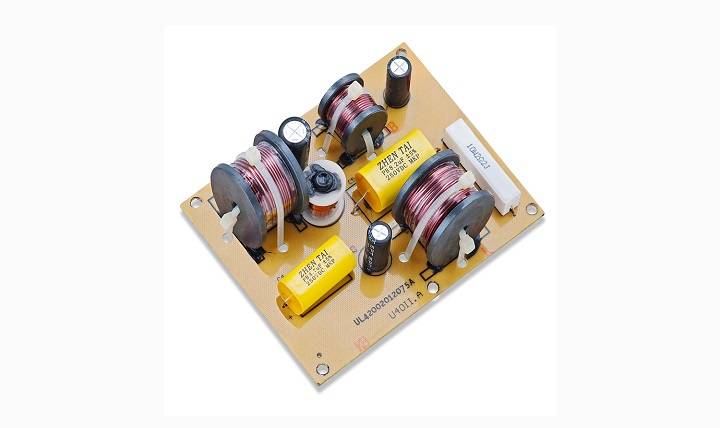
Crossover is a term that is often used in music and audio systems. In simple terms, it refers to the process of dividing an audio signal into two or more frequency ranges, which are then directed to separate drivers or speakers. In this article, we’ll take a closer look at what crossover is, how it works, and why it’s an essential component of many audio systems.
What is Crossover?
In audio systems, crossover is a filter that separates the audio signal into different frequency bands. These frequency bands are then directed to specific speakers or drivers that are designed to handle those frequencies. The purpose of a crossover is to ensure that each driver receives only the frequencies it’s designed to handle, which can help improve sound quality and prevent damage to the speakers.
How Does Crossover Work?
Crossovers work by using filters that are designed to pass certain frequencies while attenuating others. There are two main types of filters used in crossovers: high-pass filters and low-pass filters. High-pass filters allow high frequencies to pass through while attenuating low frequencies, while low-pass filters do the opposite.
Crossovers can be implemented in a few different ways, depending on the specific audio system. Some systems use active crossovers, which are electronic circuits that are placed between the preamplifier and the power amplifier. Active crossovers can be adjusted to achieve precise frequency response and can also include other features such as time alignment and equalization.
Other systems use passive crossovers, which are made up of capacitors, inductors, and resistors. Passive crossovers are typically used in two-way speaker systems, where one driver handles the high frequencies and another handles the low frequencies.
Why is Crossover Important?
Crossover is an essential component of many audio systems because it helps ensure that each driver receives only the frequencies it’s designed to handle. This can help improve sound quality by reducing distortion and preventing damage to the speakers. Without a crossover, the full range of frequencies would be sent to all of the speakers, which could cause them to produce sounds that they’re not designed to handle.
Additionally, crossovers can help improve the efficiency of the speakers by allowing them to focus on the frequencies they’re designed to reproduce. This can help reduce the amount of power required to achieve a certain level of volume, which can be particularly important in larger sound systems.
Conclusion:
In conclusion, crossover is an essential component of many audio systems that helps ensure that each driver receives only the frequencies it’s designed to handle. By separating the audio signal into different frequency bands, crossovers can help improve sound quality and prevent damage to the speakers. Whether you’re building a home theater system or setting up a live sound rig, understanding how crossovers work can help you get the best possible performance out of your speakers.




